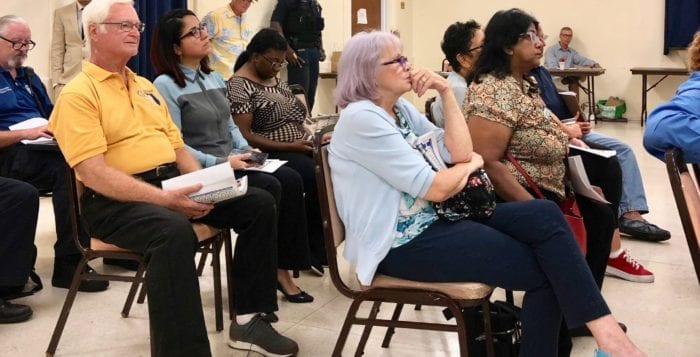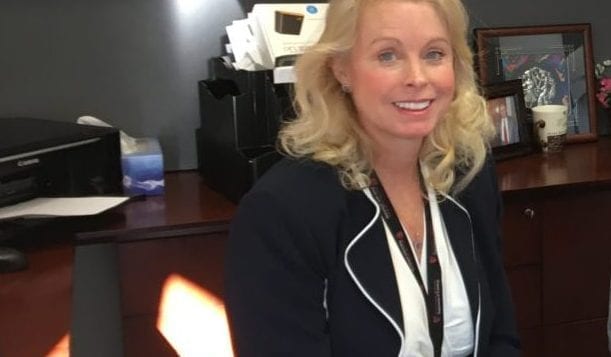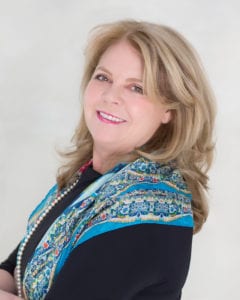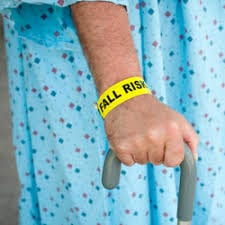By Bob Lipinski

Rioja is the grape-growing region in the northeastern part of Spain in a 75-mile stretch of land along the Ebro River. It is close to the western Pyrenees, about 250 miles south of Bordeaux, France. Rioja takes its name from Rio Oja, a mountain stream that crosses Rioja and flows into the Ebro River, northeast of Madrid.
Rioja is divided into three viticultural subzones: Rioja Alta (southwest), Rioja Alavesa (northwest) and Rioja Oriental (formerly Rioja Baja) (southeast).
The region produces mostly red wines along with some rosé, dry and sweet white wines and sparkling wines. There are many indigenous and international grape varieties authorized to make Rioja wine. Red grapes include tempranillo, garnacha (grenache), mazuelo, graciano and maturana tinta. White grapes include viura, chardonnay, sauvignon blanc, verdejo, malvasía, garnacha blanca, tempranillo blanco, maturana blanca and torrontés.
Some Rioja wines to try …
2018 El Coto “Blanco” (blend of viura, sauvignon blanc and verdejo grapes). Wondrous bouquet and flavor of peaches, honeydew melon, mint and candied lemon zest. Enjoy with seafood risotto containing shrimp or broiled white-fleshed fish topped with roasted red bell peppers.
2018 El Coto “Rosado” (rosé; blend of tempranillo and garnacha grapes). Bouquet and flavor of pink grapefruit, strawberries and red cherries; quite floral, fruity and zesty. Easy to drink, providing it’s not overchilled. Serve it with bow-tie pasta tossed with extra-virgin olive oil, lemon juice, arugula and sun-dried tomatoes.
2015 Viña Pomal “Crianza” (100% tempranillo grapes). Aromatic, featuring black fruits and licorice with vanilla, cinnamon, cocoa and toasted wood notes. Great with some blackened fillet of beef or barbecued chicken served in a spicy, tangy, smoky sauce.
2013 Viña Pomal “Reserva” (100% tempranillo grapes). Intense aromas of vanilla, cinnamon and nutmeg, with red fruit intermingled with tobacco and truffles. Try it with duck cooked in a sweet fruit sauce.
2018 Marqués de Cáceres “Satinela” (blend of viura and malvasia grapes). Bright yellow with a bouquet and taste of apricots, bananas, candy apples, honey, mango and peach. Off-dry with just a touch of citrus. Serve it with sweet and sour dishes, curries or a fruit platter.
The term “crianza” on a bottle of red Rioja wine means the wine was aged a minimum of 2 years, including at least 1 year in oak barrels, whereas the term “reserva” signifies it was aged a minimum of 3 years, including at least 1 year in oak barrels.
Bob Lipinski is the author of 10 books, including “101: Everything You Need to Know About Whiskey” and “Italian Wine & Cheese Made Simple” (available on Amazon.com). He conducts training seminars on wine, spirits and food and is available for speaking engagements. He can be reached at www.boblipinski.com OR [email protected].




















